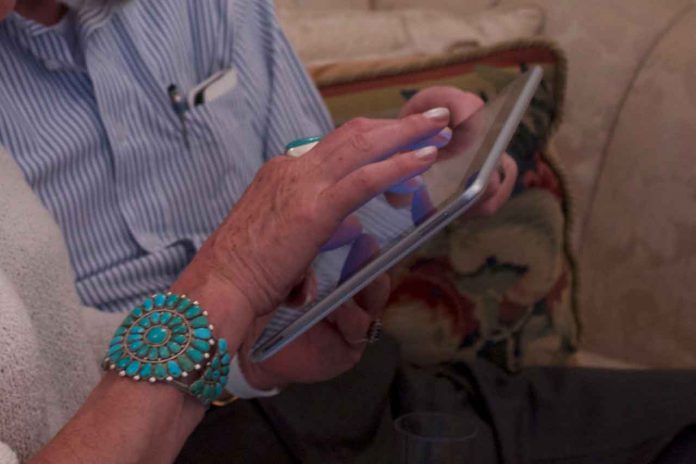People go for rhinoplasty (nose job) surgery for two main reasons: to solve their breathing problem or rectify the nose’s appearance. With the minimal invasion, the surgery can tremendously improve your nose size and nasal blockage issue. Recovery can take about 7 to 10 days, but full recovery can be lengthy. However, the starting few days of the post-surgery period are crucial. You must follow the aftercare instructions provided by your ENT surgeon to avoid any complications or unwanted scenarios. They will guide you about the tape, nasal splints, and other dressing methods to follow in the first week.
However, after discharge from the hospital, you must pay attention to a few things, such as breathing trouble, leak of clear fluid from the nose when the head is down, loose splint, high fever, swelling and redness of the nose, bad smelling mouth, vision problem, etc. Other red flags can be severe pain, irregular and fast heartbeat rate, and pale or black palate colour. Contact your doctor immediately. For more knowledge about rhinoplasty, check the source: earnosethroat.com.sg/rhinoplasty-singapore-nose-job-surgery.
Nose care after surgery
As directed by your doctor, you may clean your nose with saline once or twice daily. Warm and distilled water can be the best; take a little baking soda and salt in recommended proportion to eliminate crusts and the infection. Or, you can also buy a readymade solution. Ask your surgeon about this. Some patients put petroleum jelly on the nasal openings after rinsing the nose. Remove the gauze tape if it is dirty or wet. Make sure you don’t do anything with the splint. Also, keep it dry. Next, you can compress your nose with an ice pack for up to 20 minutes to reduce pain and swelling. It will also keep your tissue safe. Support your upper body with three to four pillows to keep it elevated.
During the post-surgery phase, you must also safeguard your nose from bumps and injuries. Avoid the temptation to touch it, and don’t allow others also. Pausing any heavy activity or workout will be best. Also, prevent blowing the nose or sneezing. The increase or decrease in pressure can lead to bruising or bleeding. Keep your room environment moist with a soothing mist humidifier. A wet nose and throat will not have any irritation. Protect yourself from the sun for one year. Or, if you go out, wear your hat and apply proper sunscreen.
A follow-up appointment with the doctor
Going for follow-up appointments is as necessary as adhering to the care guidelines advised by your ENT specialist. They will take care of the splint, stitches, and gauze. Also, they need to monitor your progress. Before meeting your doctor, note down your questions or concerns to discuss them. The first clinic visit can happen within 3-5 days of the surgery. About 7 to 10 more such visits can take place in the initial three months. Later, the number of visits can decrease to once in six months.
If you wish to enjoy the long-lasting impact of this procedure, take care of your nose and overall health well. Prevent injury or accident risks.


